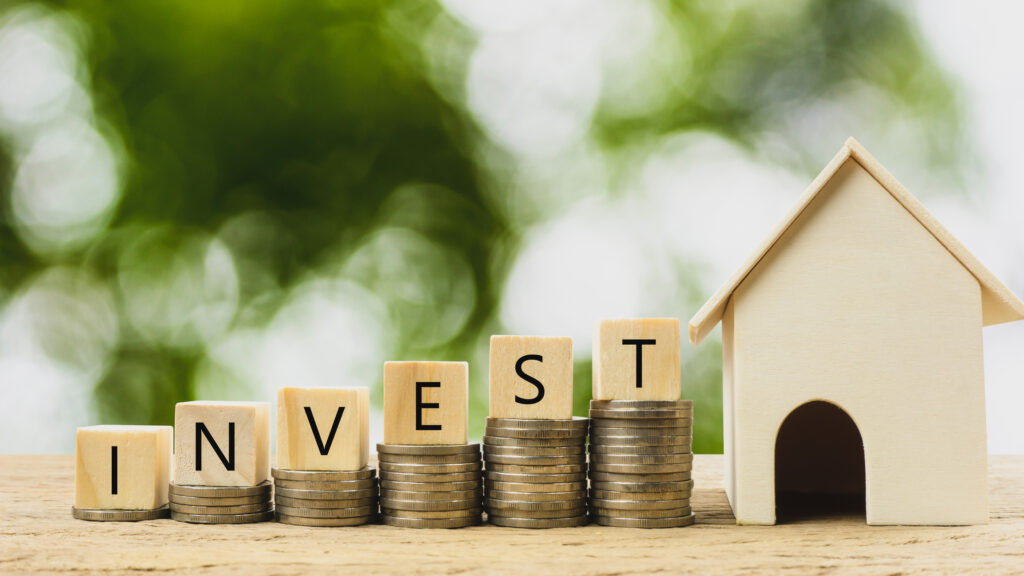Tenants in capital cities should budget for further rent increases this year, with new figures from PropTrack recording major rises led by Brisbane. Asking rents climbed nationally to a median of $495 per week through 2022, rising considerably faster than in 2021, according to PropTrack’s latest Market Update report. Increased demand for the limited number of rental properties in capital cities forced prices up 10% over the past 12 months, with units (up 9.3%) rising more than houses (8.3%). The largest changes were in Brisbane, up more than 11% in 2022. A silver lining did emerge in the December Quarter, with the market largely holding steady. But PropTrack’s Cameron Kusher believes the reprieve may be short[1]lived as city rents push higher due to the return of migrants and international students. Propertyology’s Simon Pressley says adding new supply to the market is the only way to ease the pain of renters. “It’s going to take years for supply to re[1]balance itself,” he says.
Premium Prices Poised To Rise 10%
House prices in some upper-end suburbs, including on the Gold Coast, are forecast to rise 10% in the next 12 months. “We could see some solid gains in some areas as a result of the chronic undersupply of new housing stock and population growth,” said Kent Lardner, founder of Suburbtrends. “Markets that had the largest price dips but are in quality locations are likely to see the fastest recovery.” Sydney’s inner west, the northern beaches and the Blue Mountains are poised to see a rapid upswing, along with the Gold Coast and Adelaide’s south, according to Lardner. CoreLogic’s Eliza Owen says the traditional “first movers”, such as high-end markets in Sydney and Melbourne, and iconic coastal markets like the Gold Coast, could see strong gains. “Some of the more volatile markets could actually pick back up quite quickly,” she says. A 10% uplift in some high-end markets over a year or two “seems reasonable”, helped by the return of overseas migration.
Quote of the Week
“Maybe we won’t see them in as high numbers as in the past just yet. But I think the strategic investor who has an eye on the fundamentals and an understanding of the dynamics will be back.”
Domain chief of research Nicola Powell
Investors Tipped To Buy in 2023
Investors are likely to re-enter the market in 2023, according to industry analysts. With most of the rate rises behind us, plus lower prices, high rents, tight vacancies and the return of migration, the market has the essentials to attract investors. “Maybe we won’t see them in as high numbers as in the past just yet,” says Domain chief of research Nicola Powell. “But I think the strategic investor who has an eye on the fundamentals and an understanding of the dynamics will be back. She says rental yields are rising as investors search for cash flow. “There are very competitive conditions for tenants and with the government encouraging migration, and overseas students coming who’ll rent, it’s a good prospect for them,” she says. The Domain Rent Report shows rents reaching record highs in most cities. Ray White chief economist Nerida Conisbee believes the peak of interest rates is near which, with population growth and the housing shortage, will create excellent conditions for investors.
Refinancing Hits Record High
A record $13.4 billion worth of mortgages held by owner-occupiers were refinanced in November as homeowners sought better deals amid interest rate rises. ABS data shows the value of owner-occupier refinancing rose 9.1% in November. “More borrowers switched lenders for lower interest rates as the RBA’s cash rate target continued to rise,” says the ABS’ Dane Mead. Overall, $19.5 billion worth of mortgages was refinanced in November, 20% higher than a year ago and eclipsing the record set in September by almost $1 billion. RateCity research director Sally Tindall says borrowers are acting to combat rising interest rates. By the start of November, the Reserve Bank had raised the official cash rate from 0.1% in May to 2.85%. It is now at 3.1%. “Australians are being anything but complacent when it comes to their home loans,” she says. “They’re switching in droves and that’s fantastic to see. The refinance boom has put Australian banks on notice: shape up or customers will jump ship.”
300,000 Migrants Expected In 2023
Federal Treasurer Jim Chalmers says the 235,000 in net overseas migration forecast in the October 2022 Budget is likely to be wrong, with the real figure expected to be much higher. This is one of several reasons why Hotspotting and others are forecasting house price growth in 2023. Chalmers says it’s reasonable to expect migration to be higher given extreme labour shortages are creating strong pull factors, as the government works to reduce a massive visa backlog. “We’ve got serious skills and labour shortages that are acting as a handbrake,” he says. “It’s a reasonable assumption the number may be higher than the 235,000 printed in the Budget.” The Federal Government last year boosted the permanent migration cap by 35,000 for 2022-23 following calls from business about the shortage of workers. But immigration expert Abul Rizvi says a likely net migration figure of 300,000 will be driven by a spike in international students and a large excess of visitors in the country










